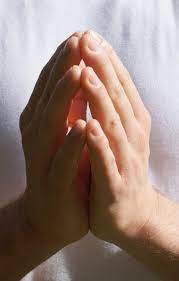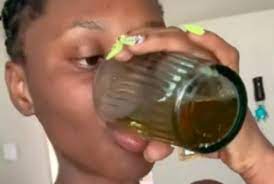
Introduction:
Springtime is the time for colds and flu all over the world. There is a very famous saying about cold and I quote –“spring is not the best of seasons. Cold and flu are two good reasons; wind and rain and other sorrow, warm today and cold tomorrow. Whoever said spring was romantic? The word that best applies is frantic!”-Unquote.
The common cold and flu are essentially viral diseases and they defy all forms of orthodox treatment. In the old days it was taught to medical students that the common cold could be cured with medicines in one week and without medicines in seven days. This statement only reflects the frustration physicians and patients face while dealing with these debilitating and irritating diseases.
Some non-pharmacological ways of dealing with cold and flu:
- Salt-water rinsing of the nostrils to avoid nasal congestion,
- Covering up to stay warm and complete rest in bed.
- Salt water gargling can moisten a sore throat and bring some relief. Gargling with tea is also helpful. Some people gargle with honey mixed with raspberry leaves and lemon juice.
- Drinking plenty of warm liquids can help relieve nasal congestion, prevent dehydration, and soothe the uncomfortably inflamed nasal membranes
- Taking a piping hot shower can moisturize the nasal passages and relax the aching body in cold and flu..
Eating certain foods that are rich in Vitamin A & C
- Bananas
- Bell Peppers.
- Blueberries lower fevers and help with the aches and pains
- Carrots
- Chilli Peppers can open sinuses.
- Cranberries
- Mustard & Horseradish helps break up mucus in air passages.
- Onion: Has phytochemicals that help in clearing infections.
- Rice useful in influenza with diarrhoea.
- Tea: Black and green tea act like natural antibiotics
- Lemon and honey juice boost the immune system
- Cayenne pepper helps keep you warm if you have a fever
- Chamomile tea: gives good sleep and relaxation.
- Peppermint tea is useful when sinuses are blocked.
- Ginger is useful for flu with stomach problems
- Thyme is a good herb in coughs.
- Oregano: is good for colds and coughs.
- Sage is an excellent herb for sore throats and fevers.
- Cinnamon is an immune booster.
Conclusion:
Even though natural methods are useful and gentle, care should be taken while prescribing these medicines in the elderly and the very young. In both these cases a common cold can turn into a dangerous chest infection and if unchecked can lead to extreme morbidity and even death.








